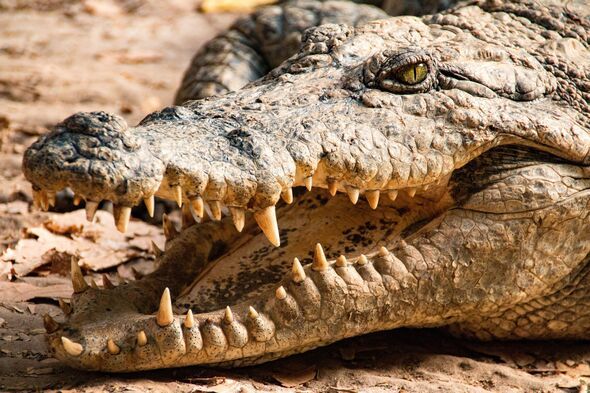

In the heart of the Sahara Desert, where endless dunes meet rocky plateaus, an unexpected refuge exists: the Guelta of Matmata in Mauritania.
This remote oasis is home to one of the last groups of Nile crocodiles that continue to survive in this harsh environment.
Over time, the crocodiles have adapted to the extreme conditions, becoming smaller than their tropical cousins and learning to endure long periods of scarcity by reducing their metabolic rates.
These desert crocodiles, which once thrived across a much broader region, have become a living relic of a past when the Sahara was vastly different-a fertile, green land with rivers and wildlife.
The Guelta is a natural basin carved into the sandstone of the Tagant Plateau. Despite the surrounding desert, it holds water year-round.

As the climate shifted thousands of years ago, the region dried up, forcing most species to migrate south, leaving only isolated populations like those in Matmata.
The plateau's unique geography, with its cliffs and deep valleys, helps conserve the water, ensuring that the crocodiles can survive in the area.
These crocodiles were rediscovered in Mauritania in 1999 after being thought extinct.
While the crocodiles of Matmata have proven resilient, their future is uncertain.
With the increasing threat of climate change, the water in the guelta could dry up, leaving the crocodiles without a means of survival.
The isolation of their habitat has led to a lack of genetic diversity, further complicating their chances of long-term survival.